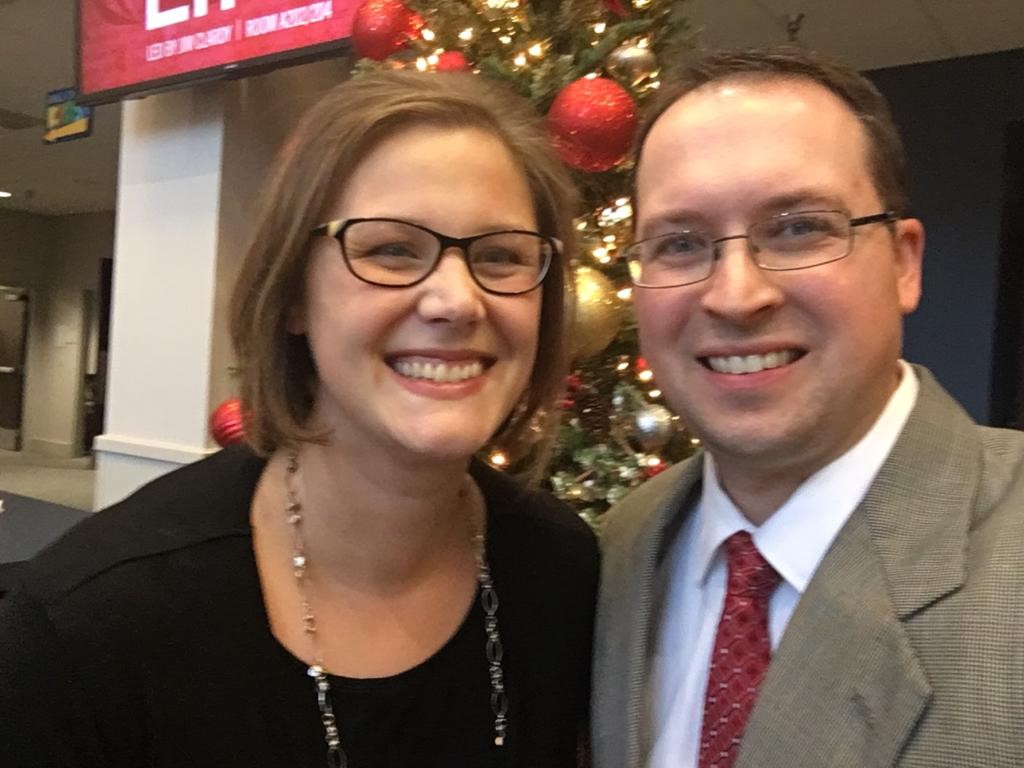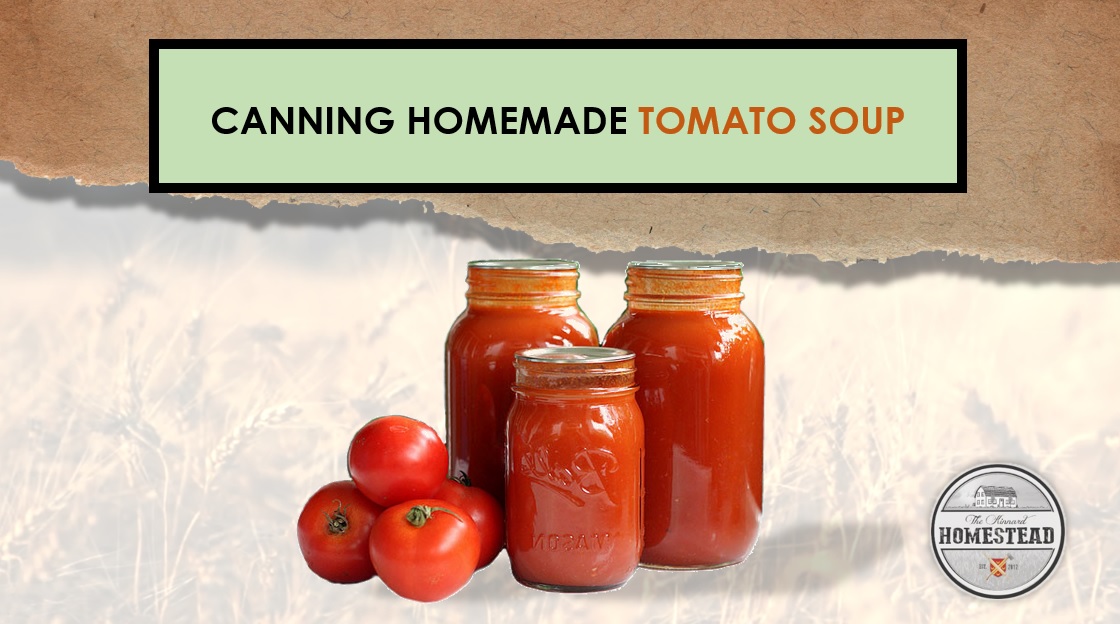Family On Mission
If your ewe has rejected her lamb, don't panic. There's something you can try before resorting to bottle feeding. While you may need to express colostrum to get into the lamb quickly, with a little extra effort it's possible to reunite mama and baby back together.




